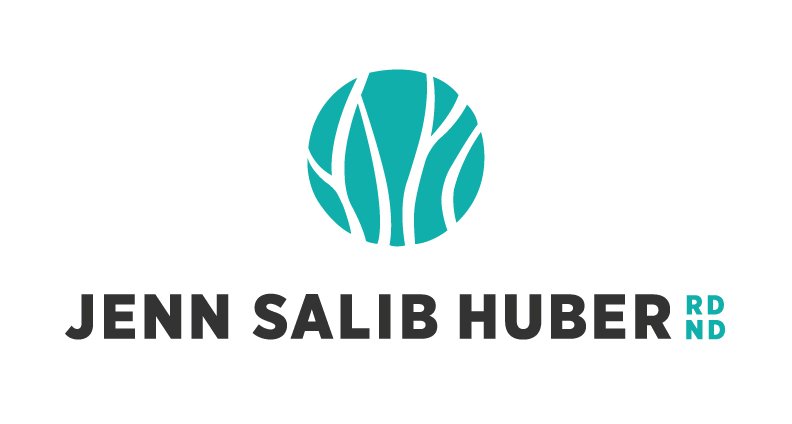Gluten-free resources
GlutenGluten is a protein found in wheat, barley, rye, triticale, and spelt. Because gluten binds ingredients together and helps baked goods to rise, it is commonly used in processed foods. Reactions to gluten vary from the extreme of celiac disease to mild digestive upset. While people with celiac disease or gluten allergies have to avoid all amounts of gluten including contamination from kitchen utensils and toasters, most people with gluten sensitivities can tolerate trace amounts up to about 1/8 tsp. Common sources of glutenbreadpastabaked goods including cakes, biscuits, muffins, and cookiescerealcrackerspizza doughtortilla wraps breaded meatsbeerGluten is often used as an additive in soups, broths, baking powder, spice mixes, soy sauce, gravy, sauces, marinades, and imitation seafood (especially crab). What to look for on labelsIf any of these ingredients are in a product, it contains gluten: flour, enriched flour, wheat, whole wheat, bran (unless from a gluten free source), barley, rye, triticale, spelt, bulgar, semolina, frumento, durum, kamut, graham, einkorn, farina, couscous, seitan, matzoh, matzah, matzo, malt (assume it is derived from barley unless otherwise specified) and gluten. Naturally gluten freeMost foods are naturally gluten free including vegetables, fruit, beans, nuts, seeds, seafood, and poultry. There are a number of gluten free grains and starches that can be eaten on their own or used to make pasta, cereal, bread, and baked goods including:AmaranthArrowrootBuckwheat/kashaChickpeas/garbanzo beansCornMilletPotatoQuinoaRice (any variety including glutinous rice)TapiocaTeffAlthough naturally gluten free, oats are often contaminated with gluten and may be an issue for some people. Gluten free productsFortunately gluten free products can be easily found at your local supermarket in the health food section. Farmers' markets, health food stores and the Bulk Barn are also great resources. There are a wide range of breads, pastas, cereals, baked goods, crackers, baking supplies, and even pizza! Just remember that gluten free does not necessarily mean healthy- many products are based on starches (such as potato) which lack nutrients and fiber, and are loaded with sugar. Try to choose products with either a whole grain or a bean flour base. For baking purposes, you can buy mixes for pizza dough, bread, and desserts or simply purchase a gluten free all purpose flour and use your favorite recipes. You may need to add some xanthum or guar gum to the mix to help it bind and rise- check the label for directions. AlcoholAvoid beer, malt beverages, and cider that contains barley. Gluten free options include gluten free beer, gin, rum, schnapps, tequila, vodka, whisky, wine, and Champagne. Eating OutMany restaurants offer either a gluten free menu (you may have to ask for it) or have gluten free (GF) indicated beside some of the menu options. Even if they do not specifically advertise it, if you can tolerate trace amounts of gluten you should be ok with a main course of protein (non-breaded meat, fish, etc.) with some vegetables and rice or potatoes. Salads are usually fine too- minus the croutons. Resourcesceliac.ca A comprehensive guide to going gluten free.glutenfreegoddess.blogspot.com Fantastic recipes, especially for desserts. celiackids.com Information on celiac disease, tips for educating caregivers, and meal suggestions.theceliacscene.com Search Halifax to find local restaurants that have gluten free options.schoolhouseglutenfreegourmet.com A local gluten free bakery that provides a number of local restaurants with gluten free bread. Search the “where to buy” section for a list of places with gluten free sandwich options. www.urbanspoon.com/tn/235/1/27000/Atlantic-Provinces/Gluten-Free-Friendly/Halifax-restaurants Another listing of local gluten free friendly restaurants.
